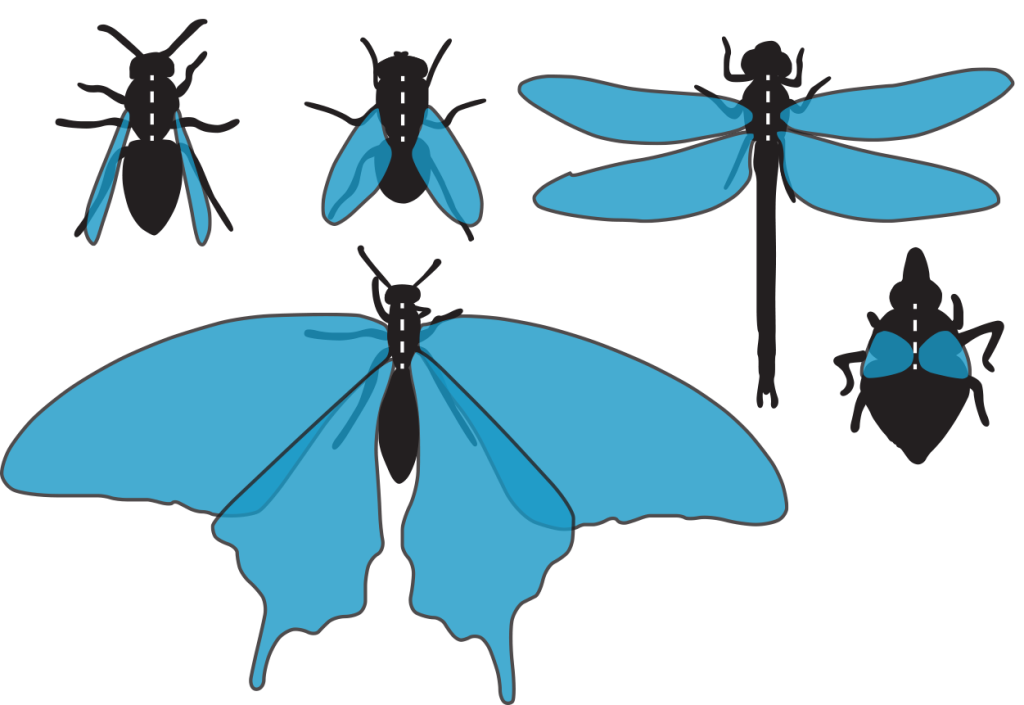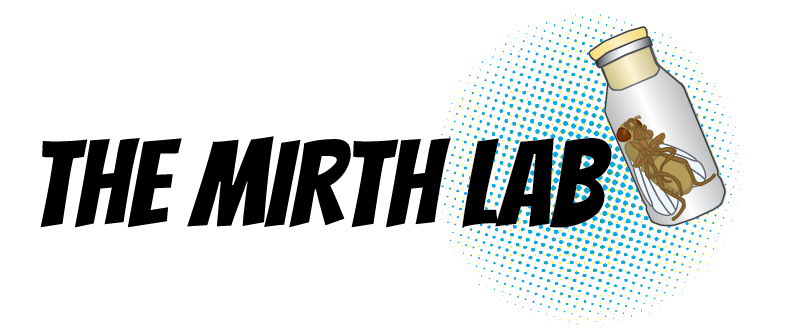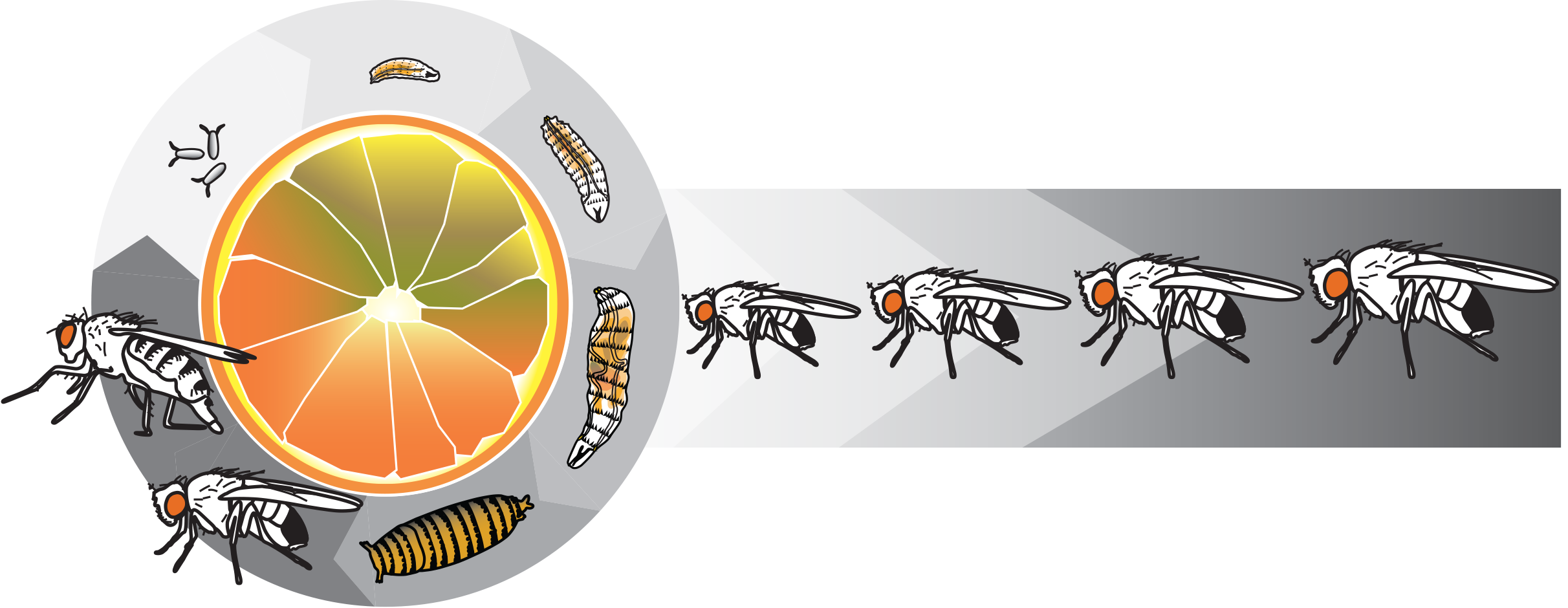

Fig 1.
Body size and shape are characteristic and often distinguishing features of animal groups. Size and shape not only varies between distantly related animals, but also between closely related species. Furthermore, within a species we frequently observe both genetic and environmentally-induced variation in body size and shape.

Fig 2.
Changes in abiotic environmental conditions alter the trajectories of developmental programs, sometimes producing dramatic differences in animal shape. Finally, choices made throughout the life cycle can profoundly affect adult body size and shape.
We are interested in understanding the molecular mechanisms that underlie environmentally- and genetically-induced variation in body size and shape.

We study the regulation and evolution of environmentally-dependent traits in species from the genus Drosophila.Recently, our efforts have focused on understanding:
Developmental Plasticity and Evolution of Body Size and Shape
The Relationship between Foraging Behaviour and Life History Traits
Click on the links above to read more.
We use the genetic tools available in Drosophila melanogaster to dissect how environmental signals, like nutrition and temperature, regulate growth and foraging choices. By analyzing the changes in these mechanisms with genetic variation both within and across species, we hope to identify how these environmentally-dependent traits evolve to create species-specific differences.
Fig.1 : Variation in the size of the wings (blue) in proportion to a standardized thorax size (white dashed line) produces morphological diversity between different insect groups (clockwise from top left: wasp, flies, dragonflies, planthoppers, butterflies). Image from Mirth CK, Frankino WA, & Shingleton AW (2016) Allometry and size control: What can studies of body size regulation teach us about the evolution of morphological scaling relationships? Current Opinion in Insect Science 13, 93-98.



 Monash University School of Biological Sciences
Monash University School of Biological Sciences